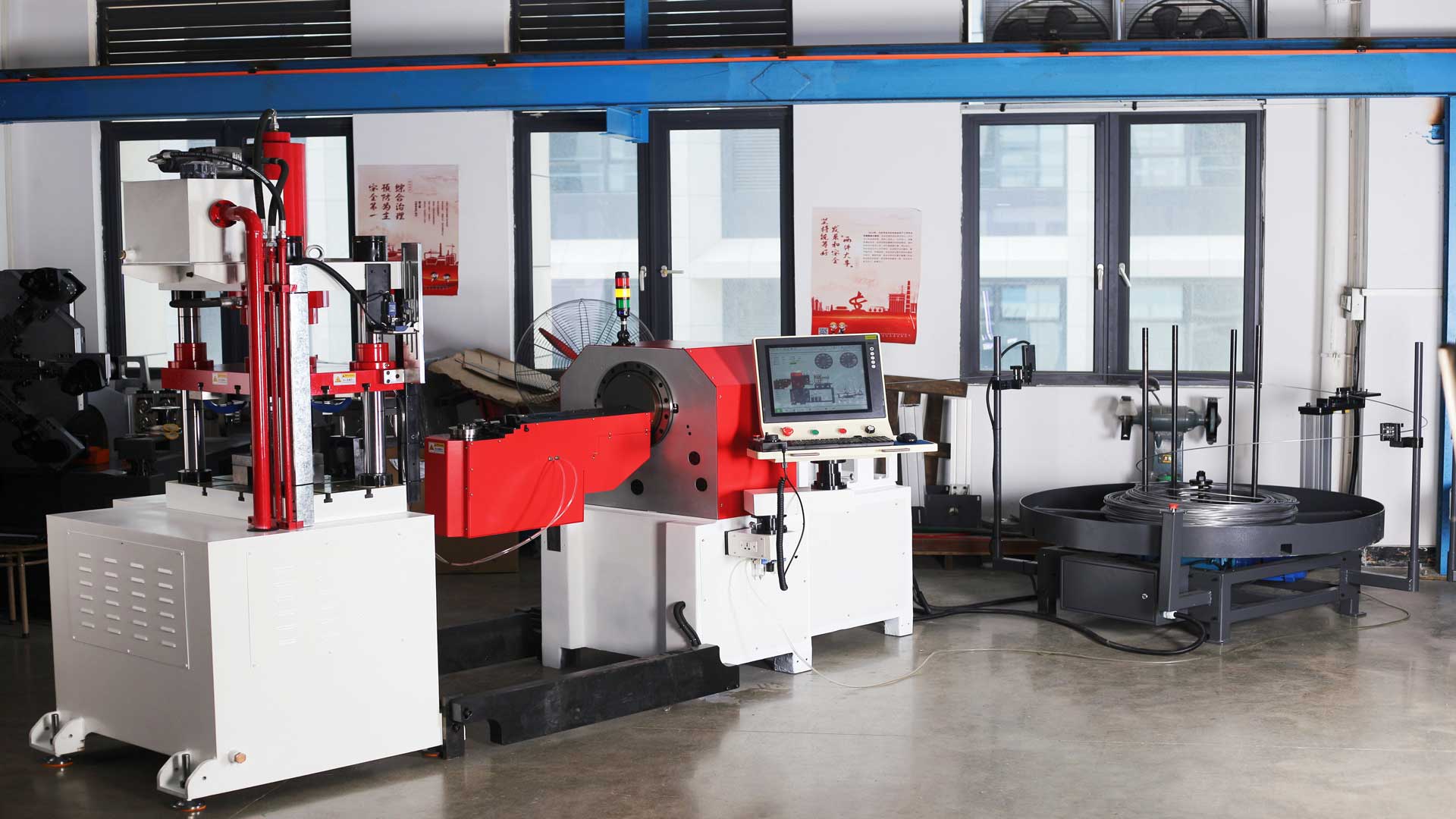An Introduction to Pipe Bending Machines - Essential Tips and Techniques
Mastering pipe bending machines can greatly enhance your capabilities in various industries. You can achieve precise and efficient results by choosing the right machine, understanding its capabilities, and applying essential tips and techniques. Always prioritize safety and take the time to practice and perfect your skills. Whether working on small-scale projects or large industrial applications, a good grasp of pipe bending fundamentals will set you on the path to success.
Pipe bending machines are essential tools in various industries, including construction, automotive, and manufacturing. They offer the precision and efficiency needed to shape pipes and tubes into specific angles and forms. For beginners, understanding how to use these machines effectively can significantly improve productivity and product quality. This guide will walk you through the basics of using pipe bending machines, along with some essential tips and techniques.
Understanding Pipe Bending Machines
Pipe bending machines come in various types, each suited for different applications and materials. The most common types include:
Manual Pipe Benders: Ideal for small-scale operations and simple bends, these machines rely on human strength and leverage.
Hydraulic Pipe Benders: These machines use hydraulic power to bend pipes, providing more force and precision, suitable for larger and thicker pipes.
Electric Pipe Benders: These machines offer high precision and automation, making them perfect for repetitive and complex bends.
CNC Pipe Benders: Computer Numerical Control (CNC) pipe benders are the most advanced, offering automated, high-precision bending for complex shapes and large production runs.
Essential Tips for Using Pipe Bending Machines
1. Choose the Right Machine: Selecting the appropriate type of pipe bending machine for your project is crucial. Consider the material, size, and complexity of the bends required.
2. Understand the Machine’s Capabilities: Familiarize yourself with the machine’s specifications, including its bending radius, angle limits, and compatible materials.
3. Proper Setup: Ensure the machine is set up correctly before starting. This includes securing the pipe, setting the correct bending angle, and adjusting any necessary parameters.
4. Safety First: Always wear appropriate safety gear, such as gloves and eye protection. Follow the manufacturer’s safety guidelines to prevent accidents.
5. Measure Twice, Bend Once: Accurate measurements are vital. Double-check your measurements and markings on the pipe to avoid errors and waste.
6. Gradual Bending: For manual and hydraulic benders, apply pressure gradually to avoid kinks and deformation. Slow, steady pressure ensures a smoother bend.
7. Check Alignment: Ensure the pipe is properly aligned with the machine’s bending axis. Misalignment can lead to inaccurate bends and potential damage to the machine.
8. Use Lubrication: For some materials, applying a suitable lubricant can reduce friction and make the bending process smoother.
9. Practice with Scraps: Before working on the actual project, practice with scrap pieces to get a feel for the machine and refine your technique.
Techniques for Effective Pipe Bending
1. Mandrel Bending: This technique involves inserting a mandrel (a metal rod) into the pipe to support its interior during bending. It’s useful for preventing collapse and achieving precise bends in thin-walled pipes.
2. Rotary Draw Bending: Common in CNC and electric benders, this technique uses a fixed radius die to draw the pipe around, creating consistent and repeatable bends.
3. Compression Bending: In this method, the pipe is compressed against a stationary die, forcing it to bend. It’s suitable for simple bends and is often used in manual and hydraulic benders.
4. Roll Bending: This technique uses rollers to gradually shape the pipe into a desired curve, making it ideal for large radius bends.






